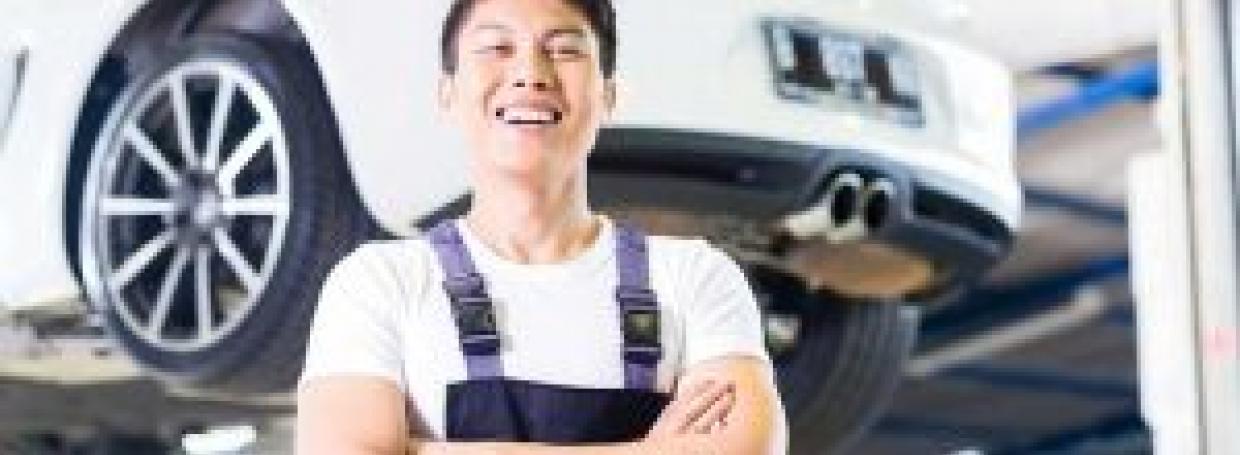Important safety features to check and maintain - DirectAsia

Driving a car in Singapore is not cheap. But one good thing is that our cars are newer. And newer cars tend to come with better safety features than in ‘the good old days’, when, as a kid, you’d be lucky to even be wearing a seatbelt.
Nowadays, most new cars come with airbags, seatbelts and anti-lock brakes as standard. And the more expensive the car, the more advanced the car safety features. To the point when you would need a PhD in Engineering or Computing to figure them out!
With more technology comes safer driving - but there is also more to go wrong. Like its driver, your car needs some basic TLC to ensure it is able to perform at its optimum level on our busy roads.
If your car is new or gently used, here are those all-important safety features to check and maintain.
1. Airbags
Airbags – love them or hate them. No one can deny that if you're an accident, airbags can save you from worse injury or death. Many cars now have airbags both front and back. They rely on sensors to tell them the car’s speed, rate of deceleration and stability. If these sensors fail, an airbag may deploy too too early, too late, or never.
Here is some expert advice from SaferCar.gov -
An air bag may also not deploy or work properly if the vehicle's air bag readiness light is illuminated. When illuminated, the air bag readiness light warns consumers of potential problems with a vehicle's air bag system. If an air bag readiness light is illuminated, the vehicle should be serviced without delay.
In used vehicles, a possible reason for the air bag not to deploy is that the air bag may not have been replaced after a previous crash. NHTSA recommends that
1) Air bags always be replaced after a deployment and
2) If, for any reason, a deployed air bag is not replaced, this information about the non-functioning air bag should be disclosed to the new owner upon the sale of the vehicle.
2. Brakes
Checking your brakes every year gives you advanced warning on issues with your car’s brake pads. Investing in an inexpensive break pad change can prevent much more expensive brake rotor repairs and even break failure when driving on a busy road.
Your car may also warn you if the brakes need servicing. Look for squeaking or squealing when you turn a corner, press or release the brakes. It could mean that your brake pads are almost worn out and need to be replaced immediately.
Other signs to watch for - pulsations from the brake pedal, having to press further than usual when you use the brakes. And longer stopping distance.
3. Tire pressure
Your car may have a tire pressure sensor. This is designed to alert you to the inflation of your tires. Under-inflated tires lead to inconsistent wear. This is widely known to increase the speed at which tires fail, as well as affecting the way the car responds, especially in an emergency.
Rotate tires around every 9,000 km or as your manual recommends. At the same time, ask your garage to check the sensor looks. It's relatively inexpensive investment against the chances of a major problem if it fails.
4. Seatbelts
Research has proved that vehicle occupants have a 40% better chance of surviving an accident when they are wearing a seat belt, depending on the severity of the crash.
Seat belts must always be kept in good working order. Check that seat belts are not frayed or twisted. The buckles should be in good condition - to engage and release properly. The belts should be fully retracted when not in use and pull out smoothly.
5. You
Driving is a complex activity, which involves regular, split second decisions. Don’t drive if you are tired or in any other way impaired. Avoid dangerous distractions (eating, texting, applying makeup), drive at a safe speed and obey the rules of the road.
5 Minutes To Instant Rewards
Choose the plan you want. Pay the way you want. You are insured!


